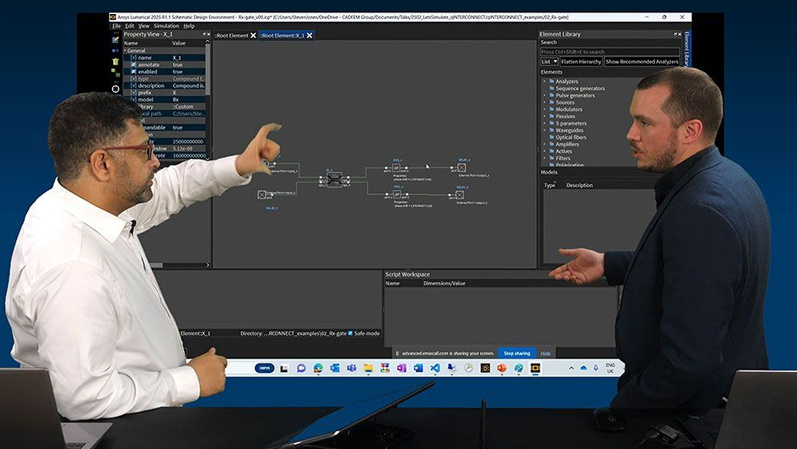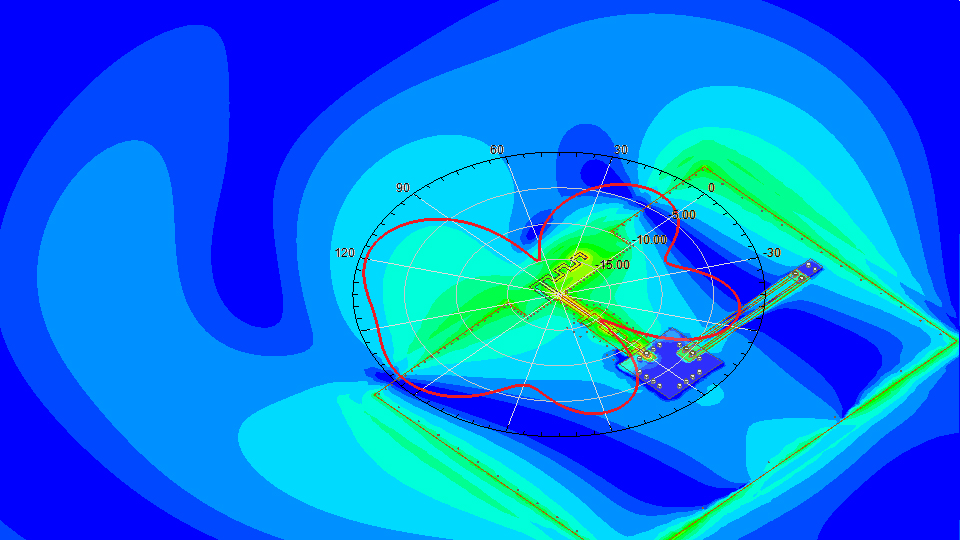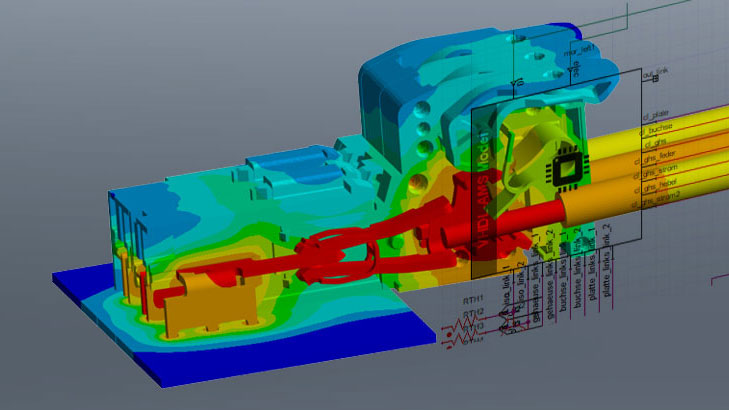With Ansys and CADFEM for maximum performance of quantum networks
Alexander Kunz
11.02.2025
Game changing RF-photonic interconnects for Quantum computers
Miraex develops RF-photonic interconnects that provide a bridge between the microwave and optical portions of the electromagnetic spectrum. These sophisticated interconnects require a careful design that balances circuit and material losses with coupling strength. Simulations with Ansys tools were used to optimize the design of the prototypes for fabrication.

Game changer for drastically improved performance of quantum computers | © Miraex
Microwave technologies are at the heart of some of the most promising quantum computing technologies today. But at the same time, the microwave domain is the biggest bottleneck for the scalability of these systems. By bridging to the optical domain, where applicable, these disadvantages can be bypassed by using optical interconnects, e.g. for connecting quantum computers together in a cluster through optical fibers. This can boost their scalability dramatically. This can be thought of as analogous to the optical MPI technology used in classical computing clusters.
The Miraex Plattform
Miraex, a Startup founded 2019 in Lausanne, Switzerland, develops RF-photonic devices for interconnecting quantum computers and bridging quantum networks, letting them scale to reach their maximum potential.
The Miraex platform uses nanofabricated RF and optical circuits to guide light into structures where photons of different frequencies interact. These devices can convert single photon signals between microwave and optical frequencies. However, their operation requires a careful design that balances circuit and material losses with coupling strength.
Let's Simulate: Quantum Computing and Photonics
Discover in this “Let's Simulate” how advancements in RF and photonics influence modern simulation techniques and how quantum effects come into play.

Design refinement with Ansys simulations
To refine the design of initial prototypes for fabrication, the Miraex team decided to rely on Ansys tools and CADFEM know-how: Ansys HFSS was chosen to design and characterize microwave circuit elements, while Ansys Lumerical was used to characterize the corresponding optical waveguides. The data was matched together to find an optimal design.

Propagation velocity in the circuits calculated with Ansys HFSS | © Miraex
More than
High Tech Companies
from the quantum technology sector rely on the the use of Ansys with the support from CADFEM.
Identifying the right balance
For optimal performance of quantum interconnects, circuit loss must be balanced with the interaction strength over the length of the device. Ansys Lumerical was used to model optical waveguide modes and extract their propagation velocity, which must match the propagation velocity in the electrical circuits determined by Ansys HFSS. Lumerical also provided information about optical plasmonic loss.
Electrostatic simulations in Ansys Maxwell produced the electric field’s overlap with the optical mode, giving an interaction strength. By performing a parametric sweep over geometry, a suitable balance between optical loss and interaction strength was identified.
Ansys software for quantum technology simulation tasks
-
Ansys HFSS

The industry standard for determining the radiation and transmission behavior of RF/microwave circuit components.
-
Ansys Maxwell

The simulation tool to analyze and optimize electrostatic electromagnetic field distributions.
-
Ansys Lumerical
Ansys HFSS
Industry standard for determining the radiation and transmission behavior of high-frequency electromagnetic fields.

Optical simulation
Precision & efficiency combined. Find out in our webinars and further information how you can develop your optical designs with maximum precision.

Drastic complexity and time reduction
The cross-domain design performance, achieved by concentrating on individual solvers in parallel streams, leads to a drastic reduction in complexity and preparation time.
Furthermore, the extensive Pythonic scripting capabilities of the different Ansys products facilitated efficient data postprocessing and exchange of results.
These enhancements contribute to achieve a first-time-right design, faster time to market, and the ability to drive innovation within the business landscape.






